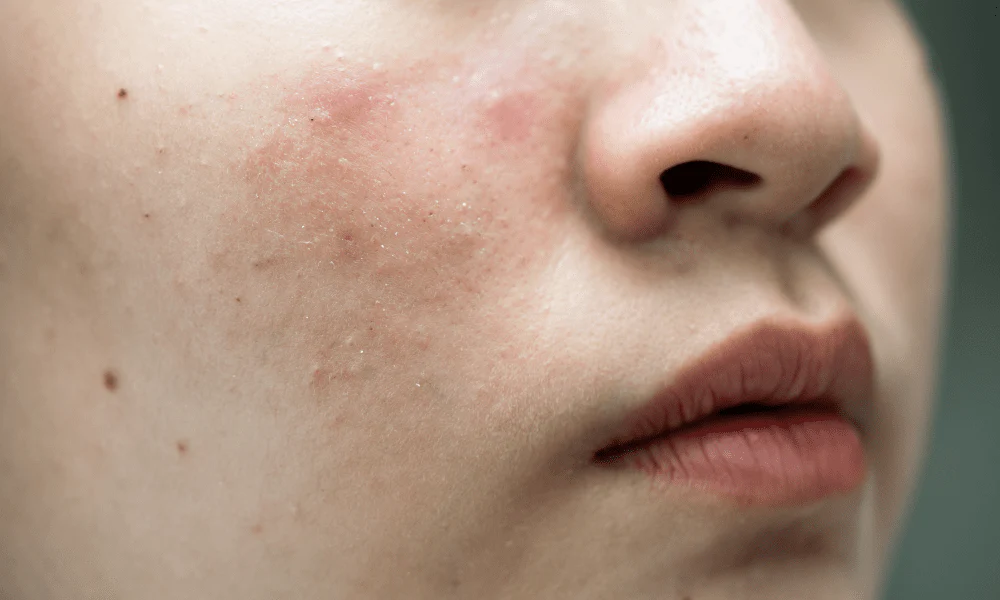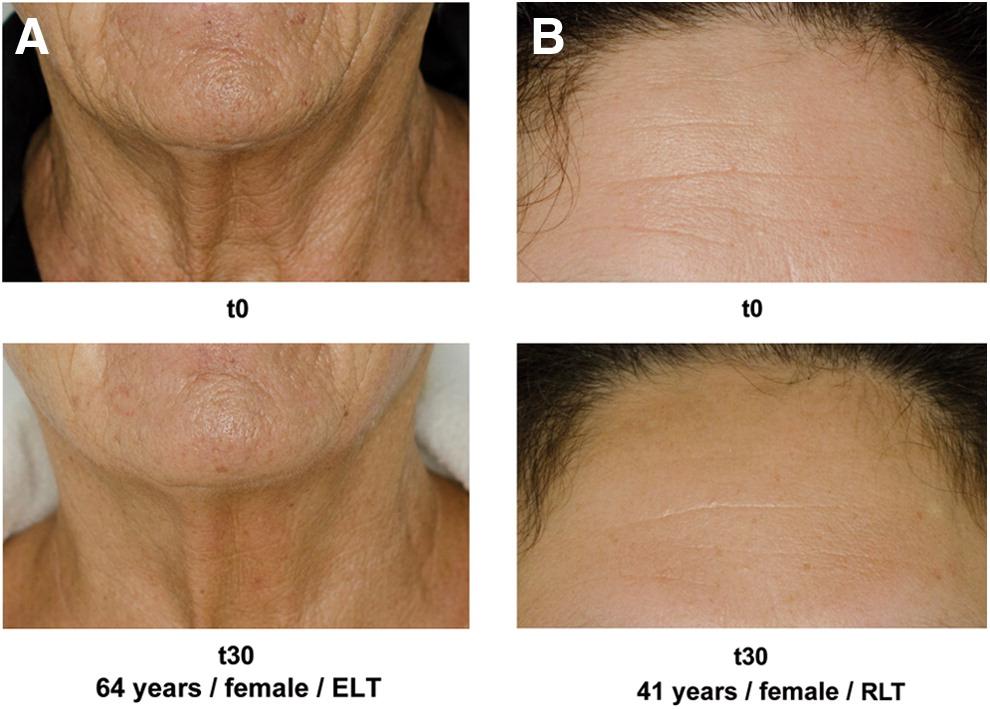Introduction
Red light therapy (RLT) has gained popularity for its non-invasive approach to skin rejuvenation, pain relief, and wound healing. But like any treatment, it’s essential to understand the side effects of red light therapy before diving in. While generally safe, improper use can lead to minor issues like eye strain or skin irritation. This guide explores the science-backed risks, benefits, and best practices to ensure safe and effective treatment.

Understanding Red Light Therapy
Red light therapy uses wavelengths between 630–850 nm (red and near-infrared) to penetrate the skin and stimulate cellular repair. Unlike UV light, it doesn’t damage DNA, making it a safer alternative for skin and tissue treatments.
How It Works
-
Boosts ATP production (cellular energy)
-
Reduces inflammation
-
Stimulates collagen synthesis
✅ Also check: LED light therapy at home for face benefits
Common Side Effects of Red Light Therapy
While RLT is low-risk, some users report mild side effects:
1. Eye Strain or Discomfort
-
Risk: Prolonged exposure to bright red/NIR light may cause temporary eye strain.
-
Solution: Wear protective goggles if your device recommends them.
2. Skin Irritation or Redness
-
Risk: Overuse can lead to dryness or sensitivity.
-
Solution: Follow recommended session durations (typically 10–20 minutes, 3x/week).
3. Headaches (Rare)
-
Risk: Some users report mild headaches after sessions.
-
Solution: Reduce exposure time or distance from the light source.
4. Melasma or Hyperpigmentation
-
Risk: Darker skin tones may experience pigmentation changes due to heat absorption by melanin.
-
Solution: Start with lower intensities and monitor skin response.
✅ Also check: Morpheus8 safety side effects
Debunking Myths: Serious Risks
Does Red Light Therapy Cause Cancer?
-
Fact: No. RLT uses non-ionizing wavelengths, unlike UV radiation. Studies show no DNA damage or carcinogenic effects (source).
Can It Worsen Existing Skin Conditions?
-
Fact: Rare, but possible if used on active skin cancer or severe rosacea. Consult a dermatologist first.
✅ Also check: Common myths about cavitation
Who Should Avoid Red Light Therapy?
RLT is safe for most, but caution is advised for:
-
Pregnant women (limited research)
-
People with photosensitivity disorders (e.g., lupus)
-
Those on light-sensitive medications (e.g., antibiotics, isotretinoin)
How to Minimize Side Effects
-
Start Slow: Begin with shorter sessions (5–10 minutes).
-
Use FDA-Cleared Devices: Ensures proper wavelength and safety.
-
Protect Your Eyes: Wear goggles if needed.
-
Monitor Skin Reactions: Discontinue use if irritation persists.
✅ Also check: Best medical alert systems

FAQs About Red Light Therapy Side Effects
Q: Can red light therapy burn your skin?
A: No. Unlike lasers, RLT doesn’t generate enough heat to burn.
Q: Is daily use safe?
A: Yes, but moderation is key. Overuse may cause oxidative stress.
Q: Does it tan your skin?
A: No. RLT lacks UV rays, so it won’t tan or darken skin.
Final Thoughts
Red light therapy is a safe, science-backed treatment with minimal side effects when used correctly. By following guidelines and choosing quality devices, you can enjoy benefits like smoother skin, faster healing, and reduced inflammation without risks.
👉 Ready to try red light therapy? Explore professional-grade devices at Dune Medical Devices.
✅ Also check: Top-rated home cavitation machines
Outbound Links:
By staying informed, you can harness red light therapy’s benefits while avoiding unnecessary risks. Always consult a healthcare provider for personalized advice.

